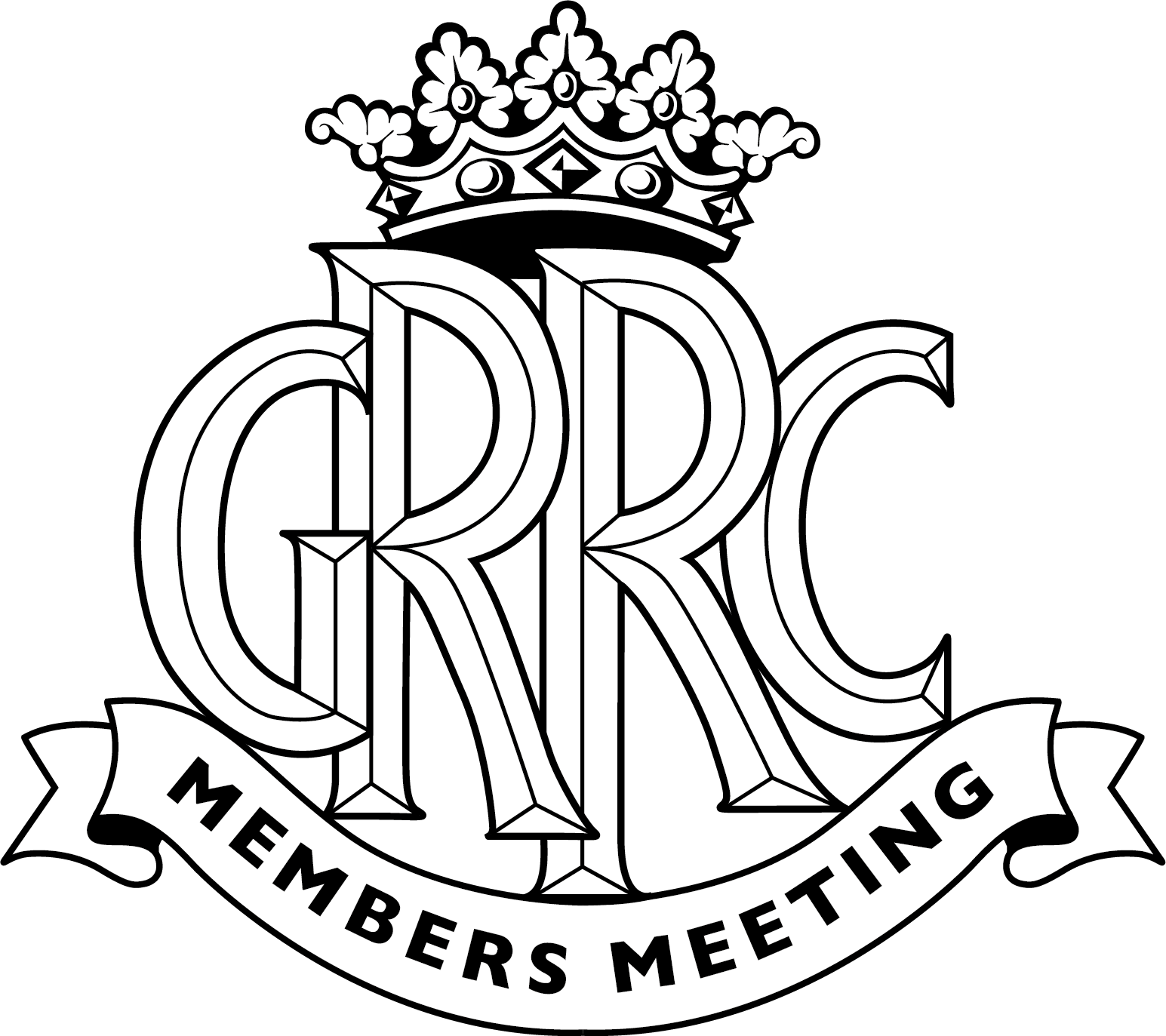Aston Martin Bulldog finally cracks 200mph
They said they were going to do it, but how many of us believed them? It doesn’t matter now, because they have. ‘They’, being Aston Martin and the Bulldog and ‘it’, being 200mph. The fabled William Towns-designed hypercar stopped short of reaching its target speed and production reality back in the late 1970s. But now, after what has been a near 45-year wait, the Bulldog has done the double tonne.

The car had been tested to very high speeds in period – 191mph in fact. But development never got to the point of the car reaching its full potential, nor the hands of customers. Once Victor Gauntlet took the helm of the company, one of his first acts was killing the expensive hypercar project.
The original goal for the Bulldog was a heady 237mph, yet had it made production and chased down just 200mph, it would have been the fastest production car of the time, reaching such a speed a full decade ahead of the Ferrari F40. Of course, with the number of cars built going into four figures, the F40 counts more as a production car than the Bulldog ever would have, even if Aston had seen it through. Fewer than 25 cars were ever planned to be made.
After the project was killed, the one and only prototype was sold and rarely seen, before a thorough restoration project began in recent years with its new owner Phillip Sarofim. The project had a goal – to see the only Bulldog ever made do the numbers. The irony? A company by the name of Classic Motor Cars undertook the 7,000-hour restoration – the joys of one-offs and bespoke parts, eh? That company’s head honcho? Richard Gauntlet, otherwise known as son of Victor, the man who stopped the Bulldog in its tracks.
Behind the wheel for the record run, Darren Turner, Aston Martin works driver and three-time class winner at Le Mans. A previous run had only yielded 176mph, though this run in what Turner describes as ‘perfect conditions, at a former NATO base in Scotland, saw the car push past the 200mph barrier ‘easily’. That, is destiny fulfilled.
Aston Martin
Bulldog

































































